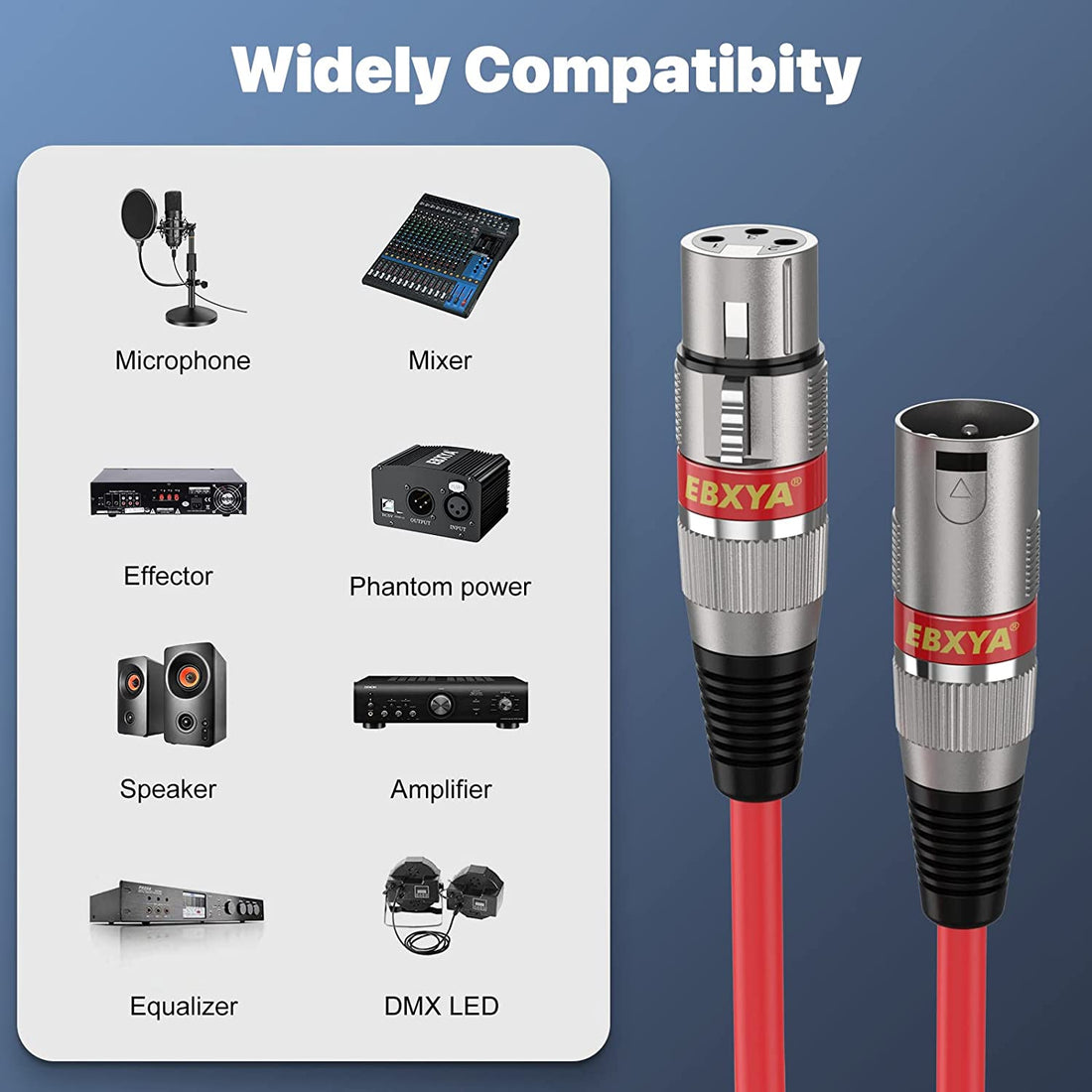
The Radio Rumble: Unveiling the Difference Between Wireless and Traditional Wired Microphones
Share
In the world of audio technology, microphones play a vital role in capturing and transmitting sound. When it comes to microphones, one key differentiating factor is the mode of connectivity. The traditional wired microphones have long been the industry standard, but in recent years, wireless microphones have gained significant popularity. This blog will explore the differences between wireless and traditional wired microphones, with a specific focus on their radio-related functionalities and implications.
Wireless Microphones: Breaking Free from the Shackles
Wireless microphones, as the name suggests, provide the freedom of movement without the constraints of physical cables. They utilize radio frequency (RF) technology to transmit the audio signal wirelessly from the microphone to a receiver unit, which is connected to a sound system or recording device. The primary advantage of wireless microphones lies in their flexibility and convenience. Performers, presenters, and public speakers can roam around the stage or venue without being tethered to a specific location.
The RF Connection: Enhanced Mobility and Range
Wireless microphones rely on radio waves to transmit the audio signal, enabling performers to move freely within a designated range. This range can vary depending on the specific model and environmental conditions. The radio frequencies utilized by wireless microphones typically fall within the UHF (Ultra-High Frequency) or VHF (Very High Frequency) bands. These frequencies provide a wider range of channels, minimizing interference from other wireless devices and ensuring clear audio transmission.
However, the range of wireless microphones can be limited by factors such as physical obstructions, interference from other electronic devices, and RF congestion in densely populated areas. It is crucial to carefully select the appropriate frequency band and channels to mitigate potential interference issues.
Wired Microphones: The Tried and True Workhorses
On the other hand, traditional wired microphones have been a staple in the audio industry for decades. They employ physical cables to transmit the audio signal directly to a sound system or recording device. While wired microphones lack the mobility of their wireless counterparts, they offer several advantages in terms of reliability, simplicity, and cost-effectiveness.
Wired microphones are not susceptible to RF interference or signal degradation due to distance limitations. This makes them a preferred choice in critical applications where uninterrupted and high-quality audio is paramount. Moreover, wired microphones do not require batteries or rely on wireless frequencies, eliminating concerns related to battery life and RF spectrum management.
In summary, wireless and traditional wired microphones differ significantly in terms of radio-related functionalities. Wireless microphones provide the freedom of movement and flexibility, leveraging radio waves to transmit audio signals. Wired microphones, on the other hand, offer reliability and simplicity by relying on physical cables for audio transmission.
Understanding the differences between these two microphone types allows audio professionals and performers to choose the right tool for their specific needs, whether it be unrestricted mobility or steadfast reliability.
Wireless Microphones: Breaking Free from the Shackles
Wireless microphones, as the name suggests, provide the freedom of movement without the constraints of physical cables. They utilize radio frequency (RF) technology to transmit the audio signal wirelessly from the microphone to a receiver unit, which is connected to a sound system or recording device. The primary advantage of wireless microphones lies in their flexibility and convenience. Performers, presenters, and public speakers can roam around the stage or venue without being tethered to a specific location.
The RF Connection: Enhanced Mobility and Range
Wireless microphones rely on radio waves to transmit the audio signal, enabling performers to move freely within a designated range. This range can vary depending on the specific model and environmental conditions. The radio frequencies utilized by wireless microphones typically fall within the UHF (Ultra-High Frequency) or VHF (Very High Frequency) bands. These frequencies provide a wider range of channels, minimizing interference from other wireless devices and ensuring clear audio transmission.
However, the range of wireless microphones can be limited by factors such as physical obstructions, interference from other electronic devices, and RF congestion in densely populated areas. It is crucial to carefully select the appropriate frequency band and channels to mitigate potential interference issues.
Wired Microphones: The Tried and True Workhorses
On the other hand, traditional wired microphones have been a staple in the audio industry for decades. They employ physical cables to transmit the audio signal directly to a sound system or recording device. While wired microphones lack the mobility of their wireless counterparts, they offer several advantages in terms of reliability, simplicity, and cost-effectiveness.
Wired microphones are not susceptible to RF interference or signal degradation due to distance limitations. This makes them a preferred choice in critical applications where uninterrupted and high-quality audio is paramount. Moreover, wired microphones do not require batteries or rely on wireless frequencies, eliminating concerns related to battery life and RF spectrum management.
In summary, wireless and traditional wired microphones differ significantly in terms of radio-related functionalities. Wireless microphones provide the freedom of movement and flexibility, leveraging radio waves to transmit audio signals. Wired microphones, on the other hand, offer reliability and simplicity by relying on physical cables for audio transmission.
Understanding the differences between these two microphone types allows audio professionals and performers to choose the right tool for their specific needs, whether it be unrestricted mobility or steadfast reliability.
